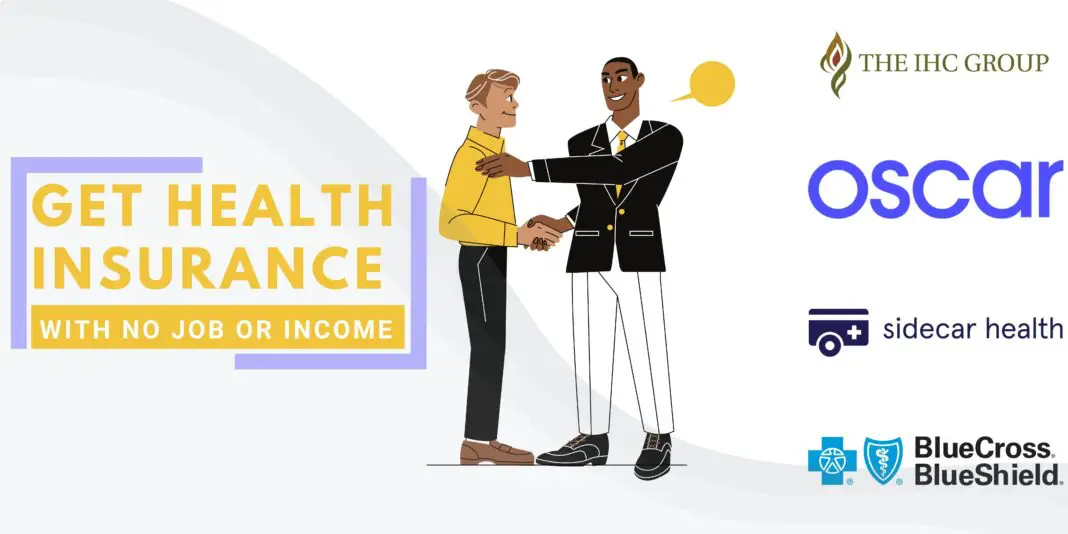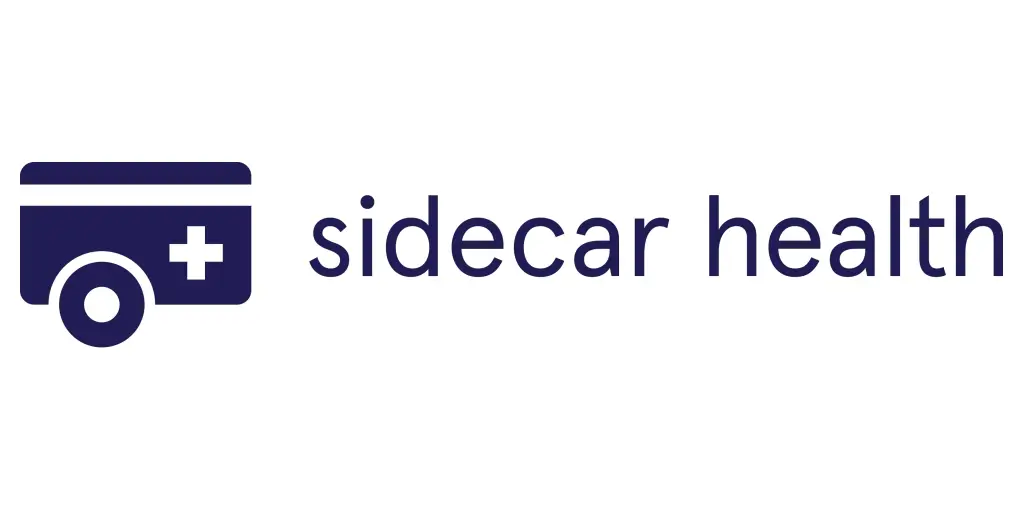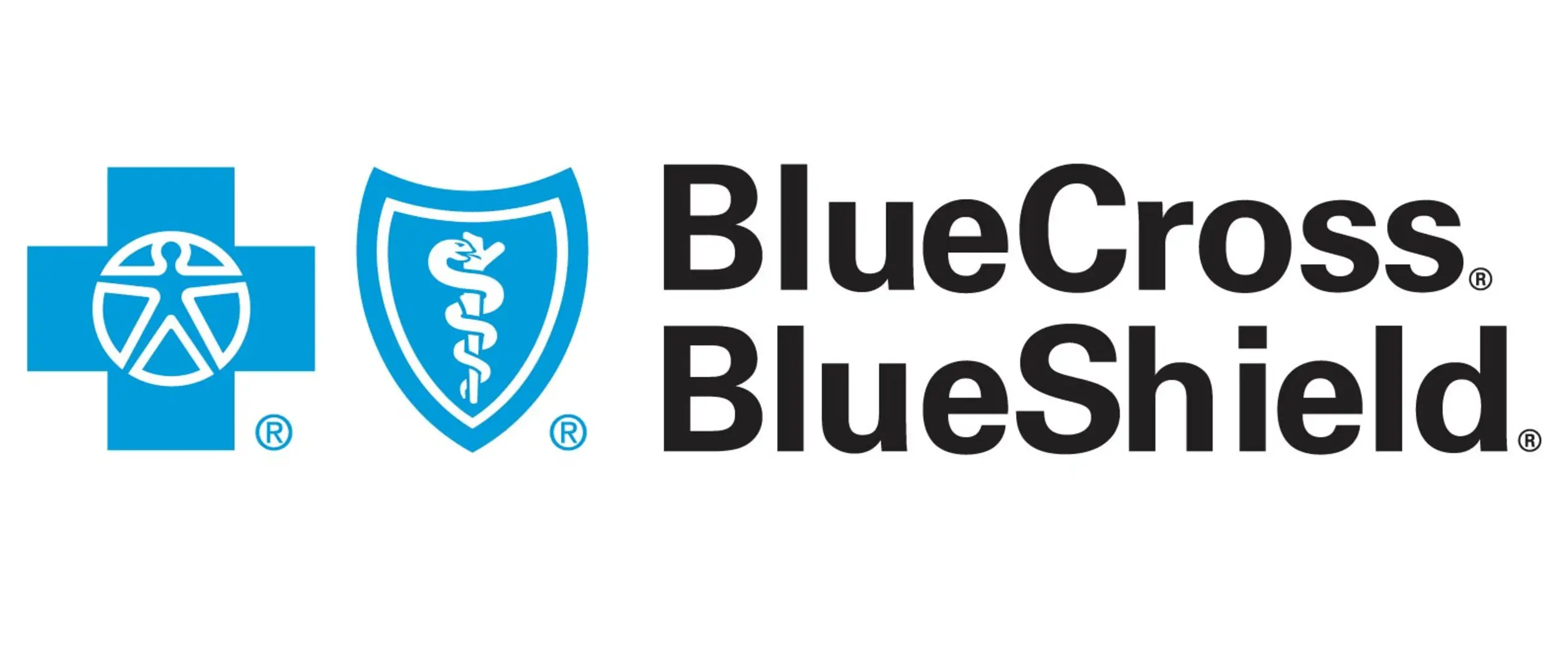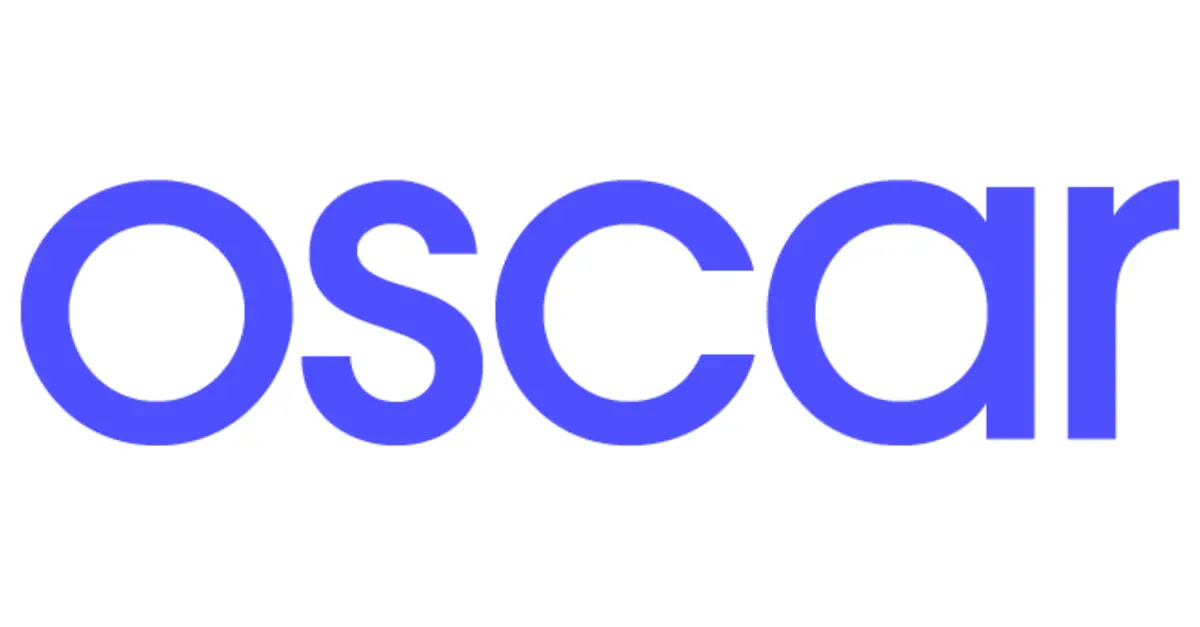“This post may contain affiliate links, if you click a link we may earn a commission if you purchase from that merchant.”
Are you looking for answers to these questions: ‘I need Health Insurance but I have no Income!’ or ‘Is it possible to obtain health insurance without having a job that provides it as a benefit?’ If so, then the answer is a Big YES! Health insurance of high quality is offered to people of all income levels, including those with no income.
Table of Contents
Top 5 Health Insurance for Unemployed
Sidecar Health
The low-cost, no-commitment health insurance offered by Sidecar Health is flexible and reasonable, making it the greatest option for unemployed people. Sidecar Health, which was formed in 2018, is revolutionizing health insurance by offering a completely new way to obtain coverage. Sidecar Health provides you with a payment card that you use to pay for your visit in cash instead of displaying your insurance card at the doctor’s office.
You can see any doctor without being limited to a provider network because you’re effectively paying out of pocket utilizing the plan benefits. You can sign up for coverage at any time, unlike traditional insurance, and there are no open enrollment periods to worry about. Plans can be purchased utilizing a quick and easy application form online or through the Sidecar Health Android smartphone app. Following that, you can either buy one of three pre-configured policies or create your unique coverage.
By default, standard plans have a $0 deductible, but bespoke plans allow you to specify a deductible of up to $1,000 to lower monthly expenses. Premiums for a healthy 50-year-old adult in Texas start at $215 per month.
Unfortunately, if you or someone in your family is having a child, Sidecar Health won’t be a choice in some states because maternity care isn’t covered everywhere. You should also be aware that the process of receiving care is a little more time-consuming than you may be used to with traditional health insurance.
For each therapy, your Sidecar Health card will only cover a certain monetary amount. Because each doctor determines his or her out-of-pocket costs, you’ll need to call around and inquire about costs before making an appointment. The Sidecar Health smartphone app, thankfully, has a pricing comparison tool that makes things a little easier.
Related: Choosing a 2021 Health Insurance Plan That Works for You
The IHC Group
The IHC Group’s short-term plans are the ideal method to stay insured for up to a year if you need to fill a small gap between employer-sponsored health insurance. A short-term plan may be the greatest option if you’re now unemployed but know you’ll have health insurance again in the coming year. The IHC Group specializes in short-term insurance that can be acquired at the moment with coverage beginning the next day, making them our top pick for short-term coverage. Just keep in mind that short-term insurance isn’t ACA-compliant, which means you won’t be covered for federally mandated no-cost preventative care and you could be denied based on your medical history.
In most states, short-term medical policies from the IHC Group start at $50 to $100 for a 35-year-old adult, with coverage for dependents available as well. You’ll also have the option to add dental, vision, prescription, and telehealth coverage for an additional $25 a month.
The only disadvantage is that the policy parameters are somewhat rigid. There are just three deductibles to choose from: $2,500, $5,000, and $10,000, with no opportunity to change the baseline $2 million yearly benefits. State laws govern short-term insurance, so coverage possibilities differ based on where you live. Due to local rules, the IHC Group is currently unable to offer short-term coverage in 12 states.
BlueCross BlueShield
Because they’re the most affordable alternative for unemployed people who can’t afford normal health insurance, BlueCross BlueShield’s catastrophic policies are the best catastrophic coverage in our evaluation.
Certain unemployed people, notably those under 30 years old and some low-income families are eligible for low-cost catastrophic coverage. If you fall into the first category, you might be interested in BlueCross BlueShield’s Young Adult plan, which is designed for people between the ages of 18 and 30 who can’t buy insurance otherwise.
Because BlueCross BlueShield is divided into 36 separate organizations around the country, catastrophic coverage is available under a variety of names depending on your location. The specifics of the policies differ by location, but they all have the same catastrophic insurance characteristics: low premiums, high deductibles, and free access to preventative medicine, as mandated by the Affordable Care Act.
Depending on the state, BlueCross BlueShield’s catastrophic policies are either HMO or PPO, but even if you must stay in-network, know that the BlueCross BlueShield provider network is one of the largest in the country.
Cigna
All Cigna individual health insurance plans feature free access to two of the country’s leading virtual care networks, making Cigna our telehealth pick.
For those who are unemployed, having access to telehealth services can be a lifesaver. Virtual care not only saves you time and money by eliminating the need to travel to a doctor’s office, but it also allows you to receive remote treatment for minor conditions without having to pay for an in-person visit. Through collaborations with MDLive and Amwell, two of the leading telemedicine providers in the United States, Cigna provides $0 telehealth sessions with all of its plans.
Virtual health appointments aren’t the only benefit of buying Cigna health insurance. In-house customer service is ready to answer inquiries and provide assistance 24 hours a day, seven days a week. In addition, whatever your coverage level, the firm imposes a $25 monthly out-of-pocket expense limit on insulin. Individual and family policies are only offered through Cigna in ten states, although dental insurance can be obtained for as little as $19 per month everywhere in the United States. While health insurance prices are determined by a variety of factors, we found Cigna to be slightly more expensive than its competitors when comparing sample quotations.
Oscar
Oscar provides the finest value for money when it comes to family health insurance that won’t deplete your savings account while you’re out of work. When you lose your job and your employer-sponsored health insurance, your dependents will lose coverage as well. Maintaining insurance during periods of unemployment might be prohibitively expensive for large families. Oscar, thankfully, provides a few cost-cutting solutions. If your income is less than four times the federal poverty threshold, you may be eligible for tax credits that can considerably lower your monthly premiums. Family deductibles are similarly capped; no matter how big your family is, your aggregate deductible will never be more than twice the individual deductible.
Health Insurance for No Income or Low Income Adults
Coverage can be purchased online or through the Oscar smartphone app, which comes with a few extra bonuses. To access virtual care, download the app or call the free concierge service, which is manned by specialists who can help you arrange visits and refill prescriptions. If you connect the app to your phone’s step counter, you’ll get a dollar for every day you meet your step target, up to $100 per year.







































